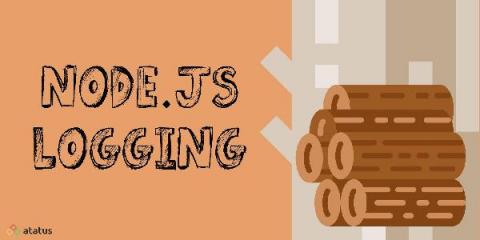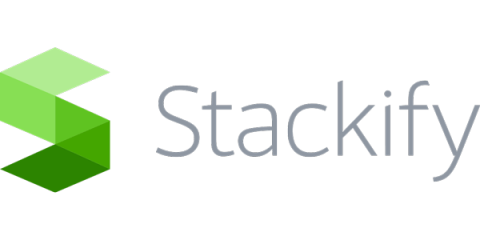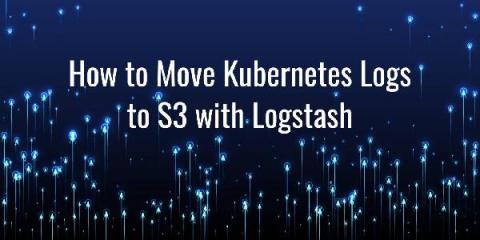Systems | Development | Analytics | API | Testing
Logging
Think you need a data lakehouse?
An Ultimate Guide to Node.js Logging
Logging helps developers in reducing errors and cyber-attacks. The application is designed to be dynamic. We can't always predict how an application will react to data changes, errors, or program changes. Logging in allows us to better understand our own programs. For all applications, an absolute logging solution is essential. A good logging system increases the application's stability and makes it easier to maintain on the production server.
Logit.io Confirms Plans To Support AWS OpenSearch & OpenDashboards
We are excited to inform all of our users that we will be bringing OpenSearch and OpenDashboards onto the Logit.io platform in the coming months. You may have already been aware that we’ve previously announced our support for the previous iteration of OpenSearch & OpenDashboards known as Open Distro in our response here. Due to our early public support of these oncoming changes you can see our platform cited on the official AWS OpenSearch website.
Rollbar Tip of the Day: Linking to AWS CloudWatch logs from Rollbar
The Top 21 Grafana Dashboards & Visualisations
In our guide on the best Grafana dashboards examples, we wanted to show you some of the best ways you can use Grafana for a variety of different use cases across your organisation. Whether you are a software architect or a lead DevOps engineer, Grafana is used to make analysis and data visualisation far easier to conduct for busy engineering and technical teams throughout the world.
JavaScript Logging Basic Tips
In the past few years, JavaScript has evolved in several ways and has come a long way. With the evolving technology, machines are becoming more powerful, and browsers are getting more robust and compatible. In addition, Node.js’s recent development for JavaScript’s execution on servers, JavaScript has been getting more and more popular than ever before.
Understanding IIS Log Files: Operating Instructions
Commonly, your website or app functions perfectly until you release it. During testing, you might seem to have control over everything. But, sooner or later, you will face some challenges. In fact, it is totally normal when something goes wrong. The most important thing is how you settle these problems. In most cases, issues with availability alerts and users’ complaints can be addressed by the means of IIS logs. IIS logging will provide you with the necessary data to deal with a breakdown.
How to Move Kubernetes Logs to S3 with Logstash
Updates from Bugfender Q2, 2021
Welcome to the summer Bugfender newsletter! This quarter we’re planning a roadmap of new features and improvements to come we hope you’ll love. Crash aggregation is one of these features that will come soon to Bugfender, providing a bigger picture of your app’s crashes. Also, we’ll be doing some major UI/UX improvements to the app, since Bugfender has grown to a more mature state, and we want to keep improving the app’s usability.











